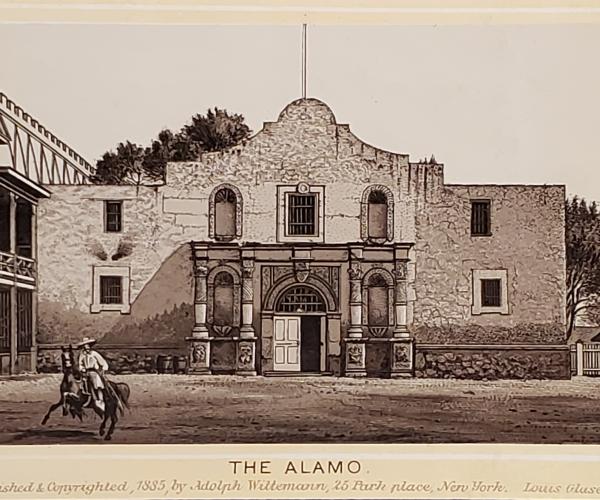2022 Virginia Garrett Lectures
The 13th Biennial Virginia Garrett Lectures on the History of Cartography will take place October 5 - October 8, 2022. This year's theme is "Texas!" UTA Libraries Special Collections is proud to announce our amazing guest speakers this year.
Schedule | Fees and Hotels | Online Registration | Sponsorship
Angel Abbud-Madrid, PhD, Colorado School of Mines
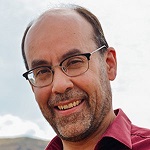
Angel Abbud-Madrid is the Director of the Center for Space Resources at the Colorado School of Mines. He has more than 30 years of experience in space related projects, including experiments on NASA’s low-gravity airplanes, the Space Shuttle, and the International Space Station (all of them conducted from Texas). He holds a B.S.E. degree from ITESM in Monterrey, México, and M.S. and Ph.D. degrees from Princeton University and the University of Colorado at Boulder. Dr. Abbud-Madrid is the President of the Rocky Mountain Map Society and his cartographic interests include celestial maps and the mapping of New Spain and Mexico, where he was born and raised a few miles from the US-Mexico border.
Dr. Abbud-Madrid will be presenting The View from Above: Mapping our Borderless World. He will take us on a trip through history looking at humanity’s relentless quest to view our world from above and to accurately map our entire planet. He will also discuss the important role that Texas has played in this endeavor and in the mapping of worlds beyond our own.
Juliana Barr, PhD, Duke University
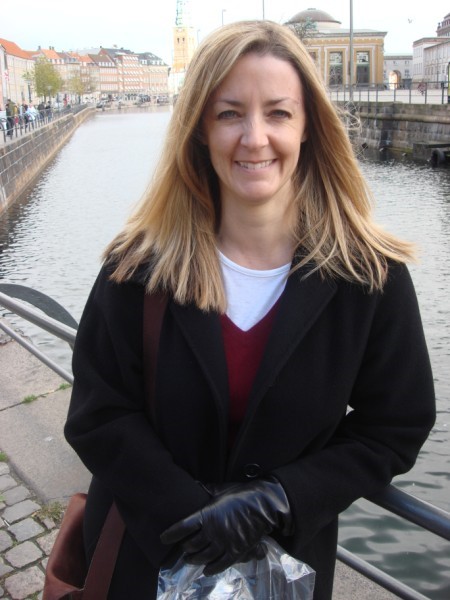
Juliana Barr is Associate Professor of History at Duke University’s Trinity College of Arts & Sciences. She received her M.A. and Ph.D. (1999) in American women’s history from the University of Wisconsin Madison and her B.A. (1988) from the University of Texas at Austin. She joined the Duke University Department of History in 2015 after teaching at Rutgers University and the University of Florida. She specializes in the history of early America, the Spanish Borderlands, American Indians, and women and gender. Her book, Peace Came in the Form of a Woman: Indians and Spaniards in the Texas Borderlands was published by the University of North Carolina Press in 2007. She is currently at work on a new book, La Dama Azul (The Lady in Blue): A Southwestern Origin Story for Early America.
Dr. Barr will be presenting Native Americans and Maps of the Texas Borderlands. She will discuss how European cartography documents the borders and jurisdictions of sovereign Native nations across what is now present-day Texas and thus helps us to understand the power Indian nations exerted in their relations with Spaniards and Frenchmen in the seventeenth and eighteenth centuries.
Jim Bruseth, PhD, Texas Historical Commission
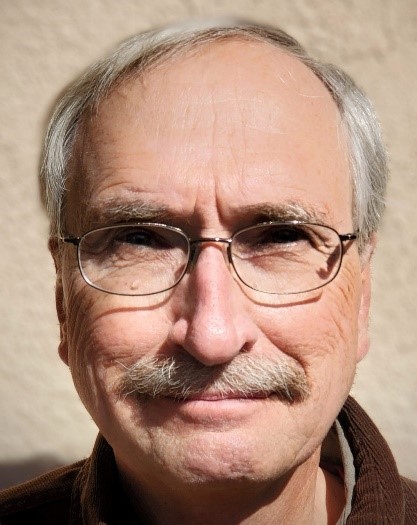
Dr. Jim Bruseth is a professional archaeologist and is a Commissioner for the Texas Historical Commission. Until his retirement from the Texas Historical Commission in 2011, he served as the agency’s Director of the Archeology Division and was appointed a Deputy State Historic Preservation Officer. While at the Commission, he directed the excavation of La Belle, a ship wrecked in 1686 along the Texas coast and belonging to the French explorer La Salle. Dr. Bruseth has been active in the field of archaeology for more than 40 years. His projects have been covered in national magazines such as National Geographic and Smithsonian Magazine. He has written books and several papers on archeology. He has published three books on La Belle, all through Texas A&M University Press.
Dr. Bruseth will be presenting How Maps Doomed La Salle's 1684 Attempt to Colonize the Northern Gulf of Mexico. He will discuss how archaeologists used maps to locate and ultimately excavate the wreck of La Belle, called by Smithsonian Magazine as one of the most important shipwreck discoveries ever made in North America. He will also show how faulty maps doomed La Salle’s effort to build a successful colony along the Gulf of Mexico.
Sam Haynes, PhD, UT Arlington
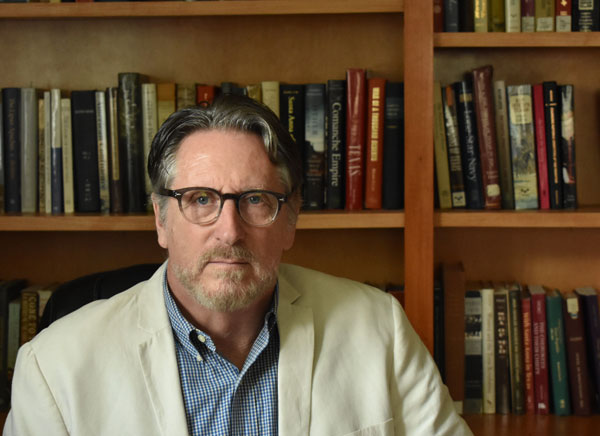
Sam W. Haynes is professor of history at the University of Texas at Arlington, where he also serves as the director of the Center for Greater Southwestern Studies. Specializing in 19th century Texas and the American Southwest, he is the author of four books, including the recently published Unsettled Land: From Revolution to Republic, the Struggle for Texas. An historical consultant on several documentaries for the History Channel and PBS, Haynes is an elected fellow of the Texas State Historical Association and the Texas Institute of Letters.
Dr. Haynes will present “Monument and Memory in Texas History: From Sacred Site to Martial Symbol.” Since the late nineteenth century, monuments have helped Texans celebrate their state’s past. But like any cultural artifact, the historical monument can be seen in different ways. This lecture will examine the gendered dimensions of commemoration and memory, focusing on the ways in which women’s organizations, such as the Daughters of the Republic of Texas and male business leaders used the Alamo and the San Jacinto Monument to create their own distinct interpretations of the state’s heritage.
Deborah Liles, PhD, Tarleton State University

Deborah Liles researches and writes about slavery and the antebellum livestock industry in Texas. She is an Associate Professor and the W.K. Gordon Endowed Chair of Texas History at Tarleton State University. Two of her co-edited volumes, Women in Civil War Texas and Texas Women and Ranching won the Liz Carpenter Award from the Texas State Historical Association, as well as the Ottis Lock and the Temple-Vick Awards from the East Texas Historical Association. She is currently working on three manuscripts that examine the antebellum livestock industry in Texas, as well as two digital projects that document data of slave owners in 1850 and 1860, and of freedmen in Texas in 1867.
Dr. Liles will be presenting Mapping Cattle Transactions in Antebellum Texas, where she will share research about Texas counties located due east and west of the 98th meridian. Antebellum and Civil War livestock transactions recorded in bills of sales offer a snapshot of who was buying and selling and what, exactly, exchanged hands when it came to paying for the goods. In an era when the livestock industry supposedly held little to no value, these transactions demonstrate how much of the groundwork for the post-war industry was alive and operational long before the end of the war.
Dennis Reinhartz, PhD, UT Arlington

Dennis Reinhartz received his BA and MA degrees in history from Rutgers University and his PhD from New York University. After a university career of over forty years and having retired to Santa Fe in 2008, he is an emeritus professor of history and Russian at The University of Texas at Arlington. He is the author or editor of fourteen books and is a past president of The Society for the History of Discoveries, Arid Lands Studies Association, Western Social Science Association, Texas Map Society, and the Historical Society of New Mexico.
Dr. Reinhartz will be presenting Some Spanish Manuscript Cartography: Hernán Cortés to Juan Pedro Walker. The earliest known Spanish mapping of the North American Greater Southwest began with the expeditions under the leadership of Alonso Álvarez de Pineda in 1519 and Hernán Cortés in 1519-1521. This cartographic process continued as the Spanish moved northward from Mexico City (Aztec Tenochtitlan) to cross the Rio Grande and culminated in the eighteenth century with the scientific mapping of New Spain by the newly created (1711) Royal Corps of Military Engineers. The actual defining maps were made by trained soldier-engineers, often assisted by learned churchmen directing native artists. These maps therefore also indirectly still came to reflect the Christian and pre-contact Indigenous traditions. This presentation will concentrate on the mapping of New Mexico and Texas by the Royal Engineers in the eighteenth century and the impact of their “master maps” on the subsequent American and Mexican cartography of the Greater Southwest.
Gerald Saxon, PhD, UT Arlington
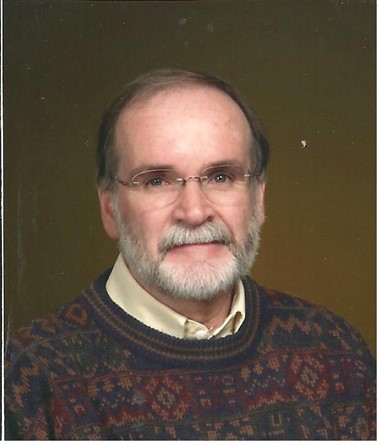
Gerald D. Saxon, a Beaumont, Texas, native, is an associate professor of history at UT Arlington, after having spent twenty-five years in library administration at the university, including seven years as dean of the UT Arlington Libraries. He received his Ph.D. in history from the University of North Texas in 1979 and is a certified archivist. He teaches undergraduate courses in Texas history and the history of the American Southwest as well as historical methods and other specialized courses. On the graduate level, his courses focus on archival enterprise, oral history methods and methodology, and other subjects related to public history. He is currently working on a biography of Texas empresario Sterling Clack Robertson (1785-1842), who came to Texas from Tennessee in 1830 to settle more than 300 families. Saxon is married, has two sons, and two grandkids.
Dr. Saxon will be presenting The Shape of Texas: Mexican Texas to Early Statehood, 1835-1850. This presentation will discuss Texas history from the Texas Revolution that began in 1835 to the Compromise of 1850. I will focus mainly on how the borders/boundaries of Texas were set during this period. I will essentially be answering the question “how and why did Texas get its unique shape?”
Charles Travis, PhD, UT Arlington
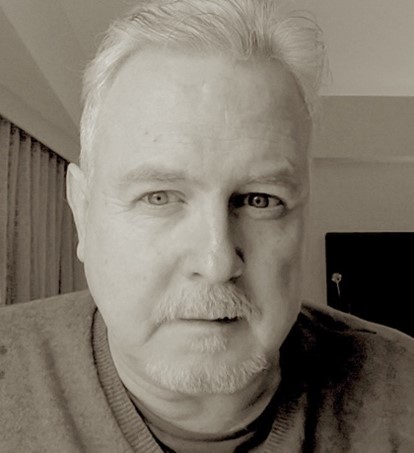
Dr. Charles Travis (PhD, Trinity College Dublin) is an Associate Professor of Geography with the Department of History at the University of Texas, Arlington and Fellow with the Center for Greater Southwestern Studies, and Centre for Environmental Humanities in the School of Histories and Humanities at Trinity College Dublin. His research interests include literary, historical, and cultural geography, digital cartography, humanities geographical information systems, and the digital and environmental humanities. Charles’ research webpage can be viewed at: https://blog.uta.edu/travisc/, and he is currently working on a Routledge Press monograph titled Deep Myths: Literature and Place- Spaces of the American West.
Dr. Travis will be presenting “Big Tex”: The Literary, Historical, Cultural & Natural Geographies of the Lone Star State. Texas, known as the place, where the “West” begins and everything is bigger, also possesses a culturally and environmentally diverse landscape. In this introductory session, we will explore the “big” geographies of Texas, drawing on works in geography, literature, cinema, cartography, and natural history. Our tour will commence with an overview of the diverse physical environments found in Texas and its neighboring states and borderlands – from the humid forests of the Piney Woods in east Texas and Louisiana, to the Palo Duro Canyon and Canadian River Valley in the northern panhandle border with Oklahoma, to the arid and mountainous deserts of the Trans-Pecos in west Texas, New Mexico, to the Rio Grande Valley and Mexican Provinces of Coahuila and Chihuahua. Next, we will investigate the human, demographic and urban geographies of Texas and conclude by considering how human-environmental relations have influenced the socio-cultural and historical geographies of the “Lone Star State” and its neighbors.
Bruce Winders, PhD, Schreiner University
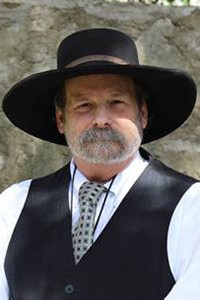
Bruce Winders served as historian and curator at the Alamo for 23 years before leaving to become an independent scholar and historical consultant. He is a noted authority in the area of Mexican-United States Borderlands and is the first ever Visiting Scholar to The Texas Center at Schreiner University in Kerrville, Texas. Bruce is well-known for his ability to bring history to life and has worked with everyone from British rock stars, foreign dignitaries, American politicians, and public educators. He is the author of Panting for Glory: The Mississippi Volunteers in the Mexican War, Firearms of the Texas Frontier: Flintlock to Cartridge, Sacrificed at the Alamo: Tragedy and Triumph in the Texas Revolution, Davy Crockett: The Legend of the Wild, Frontier, and Mr. Polk's Army: The American Military Experience in the Mexican War. Winders received his PhD from Texas Christian University in 1994.
Dr. Winders will be presenting Piquet Post, Key to Texas, Doorway to the Interior of Texas: Understanding the Alamo Role in the Texas Revolution. To many observers, the Texas Revolution seems to have been a collection of random incidents played out over the vast Texas landscape. The conflict traditionally has been framed as the defiant cannon shot at Gonzales, the heroic but somewhat pointless stand at the Alamo, and Texas’ glorious victory over Santa Anna at San Jacinto. While this mantra has guided generations of Texas school children’s understanding of the Texas Revolution, this simplistic progression of events has shielded the conflict from the serious analysis it deserved. Many die-hard Texans still consider any changes to the traditional story as blasphemy while virulent critics write off the Texas Revolution as yet another example of Anglo oppression.
For Dr. Winders, one of the keys to expanding the interpretation of this historic event has been to consider the role that geography played in shaping the goals of both the rebels and the Mexican Government during the Texas Revolution. For years historians have largely overlooked the strategic role played by the San Antonio River Valley. Prominent rebels Henry Smith, James Bowie, and William B. Travis proclaimed the defense of Anglo Texas depended on keeping Bexar (often reduced to just the Alamo by historians and the public) out the hands of the Mexican Army. Likewise, Antonio Lopez de Santa recognized the importance of recapturing Bexar in order to open the door to his campaign against the colonists. Dr. Winders will show attendees a new way to look at the Texas Revolution and the Alamo’s role in it.
